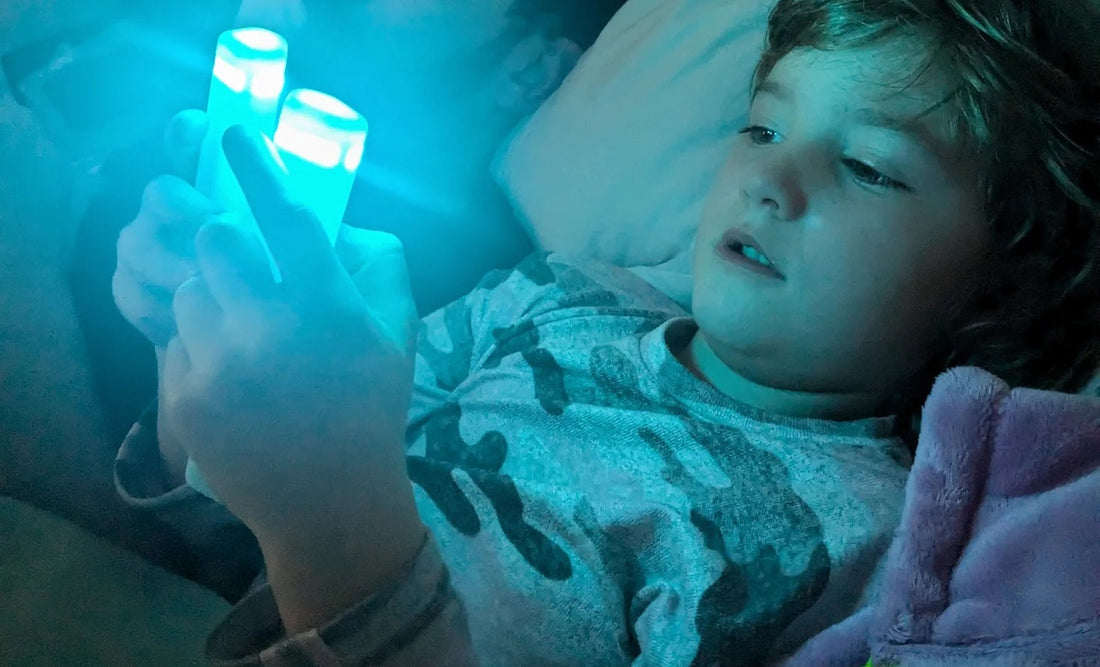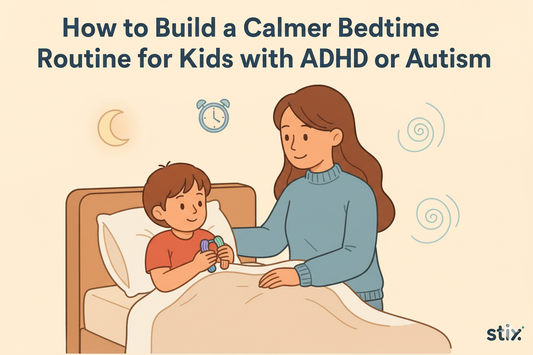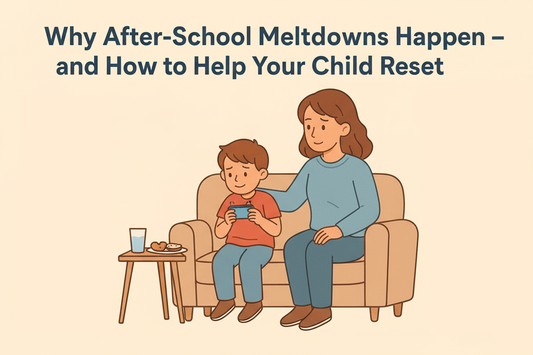Nightmare bedtimes: Does your child struggle to go to sleep?

For many parents, bedtime can feel like a nightly battle. Just when you think the day is winding down, your child suddenly has endless energy, protests going to bed, or takes forever to fall asleep.
If this sounds familiar, you’re not alone! Many children struggle with bedtime, but understanding the root causes can help make nights smoother for everyone.
Why Is Bedtime So Challenging?
Children often resist bedtime for several reasons - some are psychological, while others are purely behavioural. Common challenges include:
-
Separation anxiety – Young children may feel uneasy being away from parents, especially in the dark.
-
Overstimulation before bed – Too much screen time, rough play, or loud noises can make it hard for kids to wind down.
-
Inconsistent bedtime routines – If bedtime changes frequently, it can be difficult for kids to establish healthy sleep patterns.
-
Fear of missing out – Some children resist sleep because they feel like they’re missing exciting things happening in the house.
-
Underlying anxiety – Worries about school, friendships, or general fears can keep kids’ minds racing when they should be winding down.
Identifying the cause of your child’s bedtime struggles can be the first step in making improvements.
What Could Be Disrupting Their Sleep?
Even if your child seems ready for bed, certain factors can interfere with their ability to fall and stay asleep:
-
Screens before bed – Blue light from tablets, TVs, and phones can interfere with melatonin production, making it harder to sleep.
-
Too much or too little activity during the day – Kids who haven’t burned enough energy may struggle to settle down, while overtired kids can become wired and restless.
-
Sugar too late in the day – Excess sugar can disrupt sleep.
-
An uncomfortable sleep environment – Noise, light, temperature, or even an uncomfortable mattress can all impact sleep quality.
Making small adjustments - such as dimming the lights, keeping a consistent bedtime, and limiting screen time - can set your child up for better sleep.
A Simple Bedtime Routine for Better Sleep
A predictable, calming routine can make bedtime much easier. Here’s an example of a healthy bedtime routine:
-
Start winding down early – About an hour before bed, turn off screens and start lowering stimulation.
-
Create a calming activity – Reading a book, listening to gentle music, or practicing mindfulness can signal to the brain that it's time to rest.
-
Keep a consistent bedtime – Going to sleep at the same time every night helps regulate the body's internal clock.
-
Use a comfort object – A favorite stuffed animal, blanket, or even a special nightlight can provide extra reassurance.
-
Encourage relaxation techniques – Deep breathing, stretching, or simple mindfulness exercises can help kids feel more at ease.
How Stix Can Help
Stix Mindfulness is designed to make relaxation fun and engaging for kids. The interactive remotes guide children through calming activities like deep breathing, movement-based mindfulness, and gentle exercises that help the body and mind slow down before bed.
By incorporating Stix into a bedtime routine, children can:
- Release built-up energy in a structured, calming way
- Develop self-soothing techniques to manage anxiety or nighttime worries
- Build a positive association with bedtime, making sleep something to look forward to rather than resist
With the right bedtime routine and tools like Stix, bedtime doesn’t have to be a nightly struggle. Instead, it can become a peaceful, rewarding time that sets the stage for restful sleep and better days ahead.



